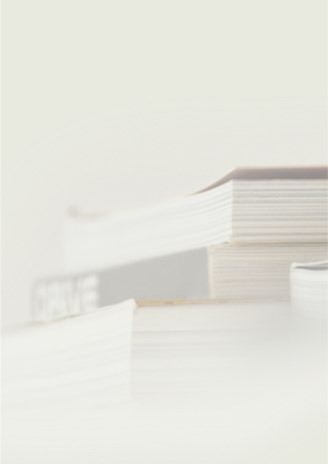Creepy Crawlies and the Scientific Method
More Than 100 Hands-On Science Experiments for Children
From monarch butterflies to hissing cockroaches, Creepy Crawlies and the Scientific Method, Second Edition shows teachers and parents how to use bugs, insects and critters to teach children the five steps of the scientific method: question, hypothesis, methods, result, and conclusion. Focusing on fun as well as education, and operating on the premise that doing is learning, Creepy Crawlies offers more than 100 different activities which will ignite children's curiosity while also building foundations for critical thinking and scientific understanding. This classroom-tested collection of experiments is a perfect resource for teachers or just an afternoon of educational fun at home. The second edition includes updated content and four new insect species: the monarch butterfly, the black swallowtail butterfly, the bessbug, and the Madagascar hissing roach!
Sally Kneidel, PhD, grew up next to a small creek and experienced crawling creatures at an early age. Her interest led her to ultimately pursue a PhD in biology from the University of North Carolina–Chapel Hill. Kneidel has now taught for more than fifteen years, including college biology courses and writing classes. She writes on a variety of science topics, ranging from health to wildlife conservation, has published numerous other books, and has won several awards for writing, blogging, and photography. The first edition of this book, and the sequel to it, were both named in Science Books & Films' "Best Books for Children" list.
Sally Kneidel grew up surrounded by woods and spent her youth befriending and exploring the small critters around her. While earning a PhD in Biology at the University of North Carolina, Sally’s fascination with woodland creatures expanded and transformed as she learned the joys of field experimentation. Eager to share her enthusiasm and expertise with open-minded students, she became an elementary science teacher. Sally has now taught for more than 15 years and her passion for wild things has taken her to the rainforests of Asia, Africa, South and Central America, as a photographer, journalist, and educator. She writes on a variety of science topics from health to wildlife conservation and has won several awards for writing, blogging, and photography. The first edition of this book, and the sequel to it, were both named to Science Books & Films’ “Best Books for Children” list.

